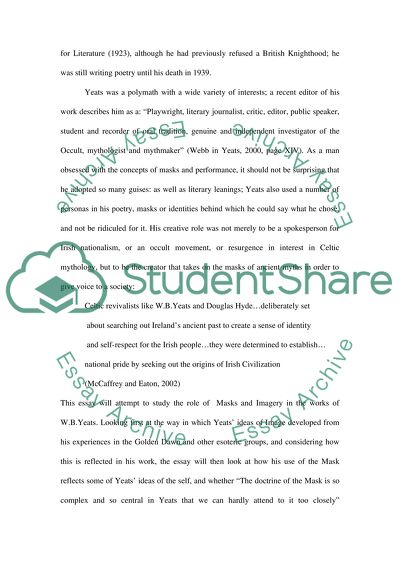Cite this document
(“Image and Mask Ideas in Yeatss William Butler Work Essay”, n.d.)
Retrieved from https://studentshare.org/miscellaneous/1504999-image-and-mask-ideas-in-yeatss-william-butler-work
Retrieved from https://studentshare.org/miscellaneous/1504999-image-and-mask-ideas-in-yeatss-william-butler-work
(Image and Mask Ideas in Yeatss William Butler Work Essay)
https://studentshare.org/miscellaneous/1504999-image-and-mask-ideas-in-yeatss-william-butler-work.
https://studentshare.org/miscellaneous/1504999-image-and-mask-ideas-in-yeatss-william-butler-work.
“Image and Mask Ideas in Yeatss William Butler Work Essay”, n.d. https://studentshare.org/miscellaneous/1504999-image-and-mask-ideas-in-yeatss-william-butler-work.


